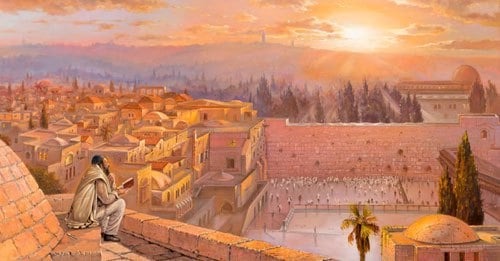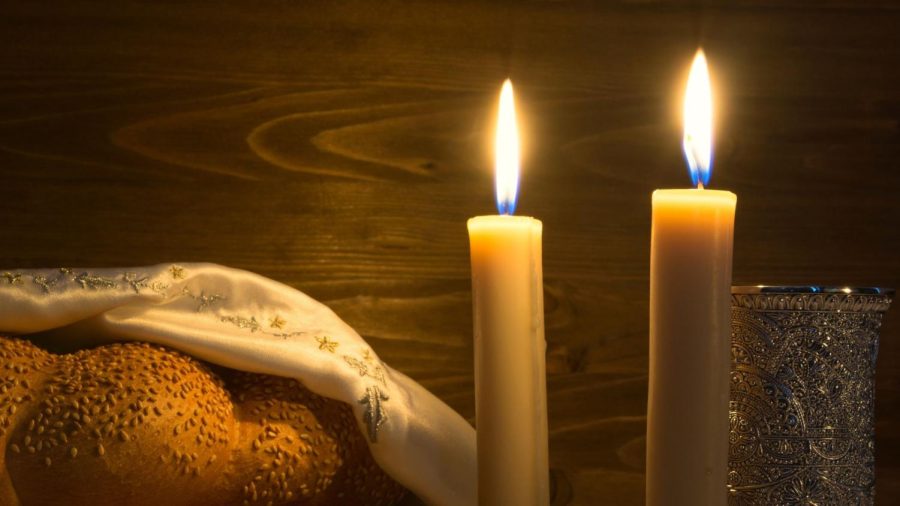15 Shabbat candle facts every Jewish woman and man should know
Published February 21, 2023
1. You (Generally) Need to Light Them 18 Minutes Before Sunset
The earliest one may light the Shabbat candles is plag haminchah—one and a quarter halachic hours before the end of the day—on Friday afternoon. See our Zmanim page for when that is in your location.
In order to be sure that we do not kindle fire on Shabbat (and so that we bring in Shabbat at least a bit early), the standard practice is to light the candles at least 18 minutes before the sun sets and the holy day begins (some communities do so even earlier). On holidays, when it is permitted to light a new flame from one that was already lit, the candles can be lit even after sunset provided that we do not strike a match. When a holiday follows Shabbat or another holiday, the candles must be lit after nightfall.
2. Most Women Light Two, but Not Everyone
The basic custom is that the woman of the house lights two candles. Many women have the custom to add an additional candle with the birth of each child or for other reasons.
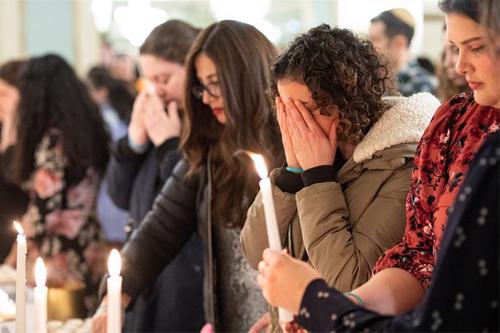
3. The Rebbe Encouraged Girls to Light as Well
The age-old custom was that young girls also lit candles. This custom was virtually lost in the poverty and displacement that followed World War I. In 1974, the Rebbe, Rabbi Menachem Mendel Schneerson, of righteous memory, encouraged all Jewish girls (from approximately three years of age) to light their own Shabbat and holiday candles with the consent of their parents.
Until marriage, girls light one candle, and the Rebbe encouraged parents to purchase a special candlestick just for them.
4. Shabbat Candles Are Part of the Seven Rabbinic Mitzvahs
The Torah enjoins us to “honor the Shabbat and call it a delight.” One element of this “delight” is to have candles lit. In addition to preventing stumbling around in the dark, the added light increases peacefulness and joy in honor of Shabbat. The Torah clearly tells us that we may not kindle fire on Shabbat, so the key is to light the delight-giving candles before the onset of the day. Not clearly mandated in Torah, lighting Shabbat candles is considered one of the seven rabbinic commandments.
5. The Candles Take Precedence Over Other Mitzvahs
The Talmud considers it axiomatic that if one only has enough money for either Shabbat candles or Kiddush wine, the Shabbat candles take precedence. The same applies to one who has to choose between Shabbat candles or Chanukah candles: the Shabbat candles take priority. Why? Because they bring peace to the home.

6. It’s Ideal to Give Tzedakah Before Lighting
Since no charity can be given on Shabbat day (when money may not be handled), an extra sum is given beforehand. Also, before we pray to G‑d and ask Him kindly to grant our deepest wishes (more on that later), it is appropriate to display kindness to others.
7. It’s Best to Light Where You’ll Eat
The Shabbat candles must be enjoyed, bringing additional light and joy to your Shabbat experience. That’s why the ideal place to set them up is in the dining room, in view of your Shabbat dinner table.
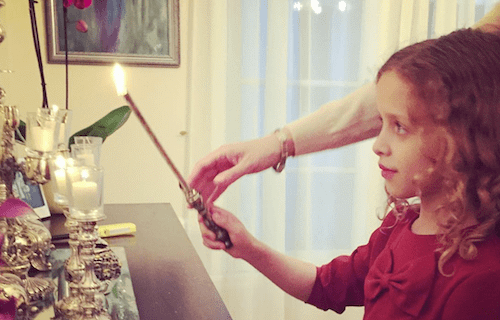
8. It’s a Woman’s Mitzvah, but Men Do It, Too
While the mitzvah of lighting candles is generally performed by the woman—the mainstay of the Jewish home—it is an obligation for every Jew. If no woman over the age of bat mitzvah is present to light for the members of the household, the man of the house lights the candles instead.
9. Once a Woman Lights, She Has Accepted Shabbat
The accepted practice is that (unless she specifies otherwise) once a woman finishes lighting her last candle (sometime between plag haminchah and just before sunset), she automatically accepts Shabbat upon herself and may not even extinguish the match (instead she should put it down safely to burn out on its own). Conversely, men (who generally do not light) are not presumed to accept Shabbat in the event that they light. Nonetheless, if a man wishes to light but not accept Shabbat until right before sundown, he should consciously stipulate so beforehand.1
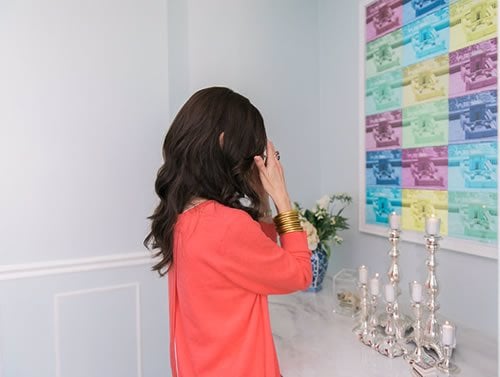
10. There’s a Special Blessing to Say
After lighting candles, women cover their eyes and say:
בָּרוּךְ אַתָּה אַדֹנָ-י אֱ-לֹהֵינוּ מֶלֶךְ הָעוֹלָם אֲשֶׁר קִדְּשָׁנוּ בְּמִצְוֹתָיו וְצִוָּנוּ לְהַדְלִיק נֵר שֶׁל שַׁבָּת קֹדֶשׁ
Transliteration: Bah-rookh ah-tah ah-doh-noi eh-loh-hay-noo meh-lekh hah-oh-lahm ah-sher ki-deh-shah-noo beh-mitz-voh-tahv veh-tzee-vah-noo leh-hahd-lik nehr shehl shah-baht koh-dehsh.
Translation: Blessed are You, L-rd our G‑d, King of the universe, who has sanctified us with His commandments, and commanded us to kindle the light of the holy Shabbat.
11. On Most Holidays, We Say Two Blessings
The blessing for lighting holiday candles varies slightly. The words Shabbat kodesh are replaced with Yom Hazikaron (“Day of Remembrance”) on Rosh Hashanah, Yom Hadin (“Day of Judgement”) on Yom Kippur, and Yom Tov (“holiday”) on Passover, Shavuot, and Sukkot. In addition, on all holiday (Yom Tov) nights aside from the second part of Passover, an additional blessing, Shehecheyanu, is said, to thank G‑d for enabling us to reach the milestone.

12. It’s an Auspicious Time to Pray
The moments after lighting candles, saying the blessing, and uncovering the eyes to enjoy the lights are considered an auspicious time for a woman to pray—for herself, her family, friends, and everyone else. Some women say specific techinot (or techinos), informal prayers composed for this occasion, but many pray on their own, allowing their whispered words (and tears) to flow directly from the heart.
Read: Jewish Prayers
13. We Have Been Lighting for a Very Long Time
The first woman to light Shabbat candles was our matriarch Sarah. According to Jewish tradition, Sarah lit the Shabbat candles in the tent she shared with Abraham, and each week the candles miraculously stayed alight from one Friday to the next. When this miracle replicated itself for her daughter-in-law, Rebecca, Isaac knew that she was fitting to be the next link in the golden chain.
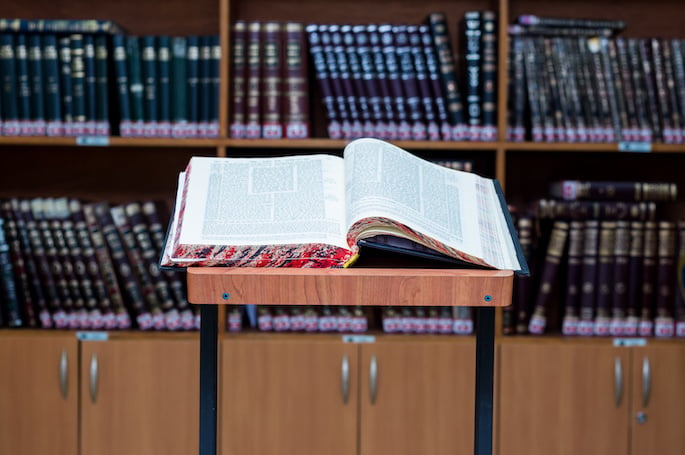
14. There Is a Chapter of Talmud Devoted to Shabbat Candles
The second chapter of Tractate Shabbat is devoted primarily to the Shabbat candles. It specifies which kinds of fuel and wicks may be used, and then discusses some other laws of preparing for Shabbat. On the subject of candles, this chapter is also where the Talmud discusses the history and laws of Chanukah.
15. G‑d Will Reward Us With the Lights of Zion
“If you keep the lights of Shabbat,” the Midrash tells us, “I [G‑d] will show you the lights of Zion.”2 Every Shabbat candle lit, every Jewish home bathed in the tranquility and sanctity of Shabbat, is one step closer to the ultimate redemption, the era that will be “entirely Shabbat and rest.”3
